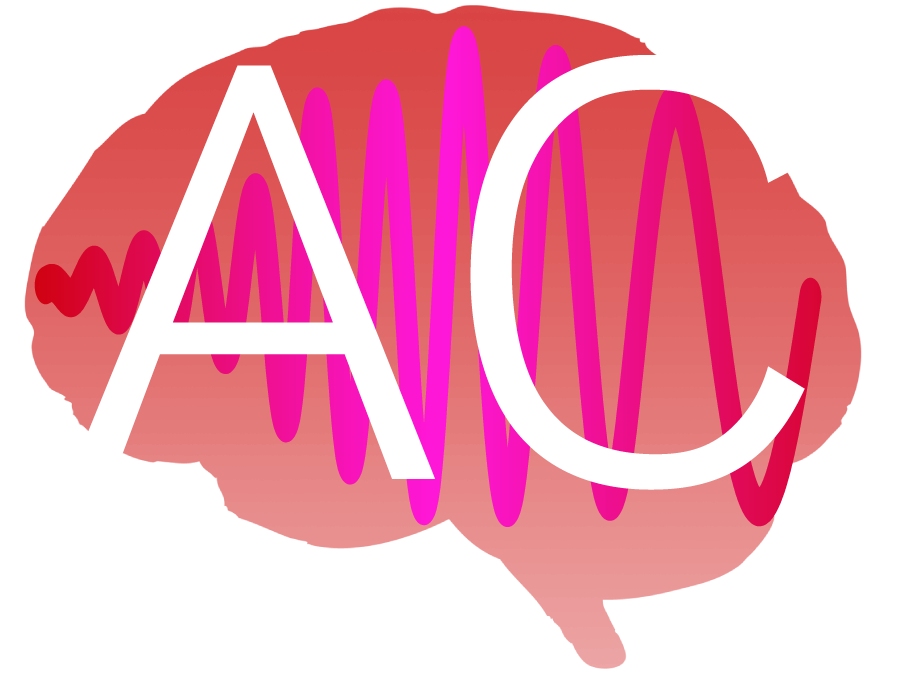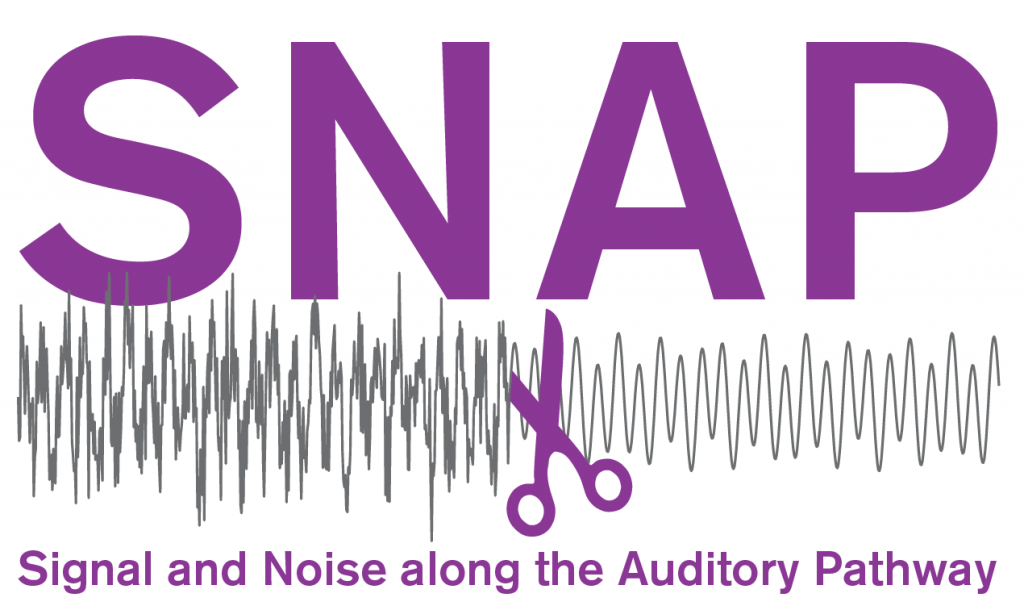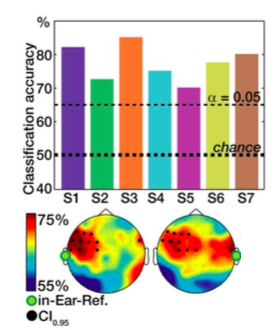After great success in the past, we are proud to announce a new SNAP Workshop in 2017. It will take place at the University of Lübeck in December 2017 — save the date!
SNAP will gather 12–14 speakers and about 50 or so participants for comparably extensive talks and discussions in a two-day event, to be held amongst the pittoresque surroundings of UNESCO world heritage city Lübeck (near Hamburg). A poster session will be arranged. All details to follow.



